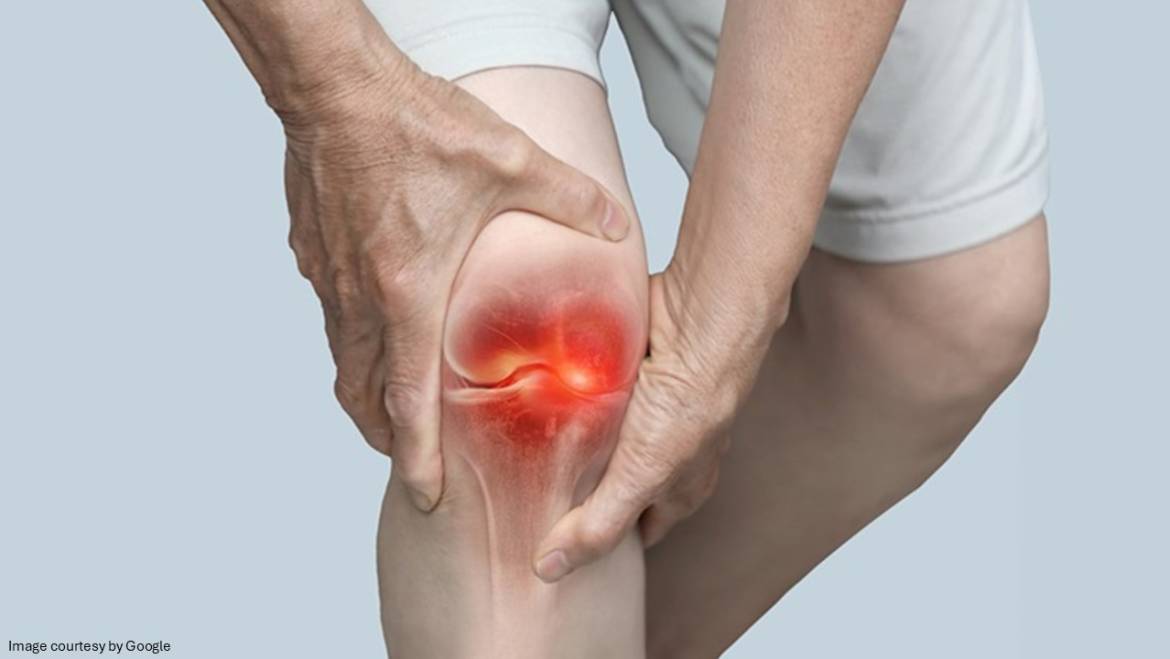How does Cobix 200mg help with joint pain and inflammation?
Cobix 200 mg is a widely used medicine well known for its effectiveness in managing pain and inflammation. It is primarily used for the treatment of conditions including arthritis and musculoskeletal disorders. In this blog, we will delve into various aspects of Cobix 200 mg, including how it helps reduce joint pain and inflammation, as well as provide the important information needed to make informed decisions about its use.
What to take for joint and inflammation, and what is Cobix 200 mg?
Pain and inflammation are the primary signs and symptoms of arthritis, accompanied by swelling and stiffness. These symptoms can be treated with nonsteroidal anti-inflammatory drugs (NSAIDs). Nonsteroidal anti-inflammatory drugs (NSAIDs) are one of the most frequently prescribed medications, despite their well-established relation with gastroduodenal injury. Celecoxib, the active ingredient in Cobix, is an anti-inflammatory and analgesic agent used in the treatment of rheumatoid arthritis and osteoporosis. It is the first cyclooxygenase (COX) inhibitor with well-defined cyclooxygenase-2 (COX) specificity. According to research studies, the therapeutic effects of NSAIDs are due to the inhibition of COX-2, and the side effects related to the NSAID treatment are due to the inhibition of cyclooxygenase-1 (COX-1).
How does it work?
The active ingredient in Cobix 200mg is Celecoxib, which works by blocking the COX-2 enzyme, a crucial role in causing inflammation and pain. It specifically targets this enzyme and reduces inflammation without affecting the COX-1 enzyme, which is helpful in protecting the stomach lining. This decreases gastrointestinal side effects, a common problem with traditional NSAIDs.
Clinical uses of Celecoxib Cobix
Celecoxib Cobix 200 uses: Cobix is a prescription treatment for the following conditions:
-
- Rheumatoid arthritis: Reduces inflammation and provides symptomatic relief
- Osteoporosis: Helps in relieving joint pain and improves mobility.
- Acute pain: resolves pain caused by injuries or surgeries.
- Ankylosing spondylitis
- Dysmenorrhea: Helps to provide relief from menstrual cramps.

Adult dosage medicine for joint pain and inflammation
Rheumatoid arthritis: The recommended dosage is 100 to 200 mg orally twice daily, using the lowest effective initial dose.
Osteoporosis: The recommended dose is 200 mg orally once daily or 100 mg twice daily.
Acute pain: The recommended dose is 200 mg once a day.
Ankylosing spondylitis: For treating Ankylosing spondylitis, Cobix is taken 200 mg orally once a day. The dose may be increased to 400 mg based on the patient’s response. It is always recommended to use the lowest effective dose for the shortest possible time. Healthcare providers consider discontinuing the treatment if a patient does not experience any improvement in the symptoms, even at the highest dose, after six weeks.
Dysmenorrhea: For the treatment of Dysmenorrhea, the recommended dose of Cobix is 200mg. The dosage may increase up to 400mg once daily. It is always recommended to use the lowest effective dose for the shortest possible time. Healthcare professionals typically recommend discontinuation of treatment if there is no response, even at the highest possible dose, after six weeks.
Specific patient populations: Hepatic and Renal insufficiency: The use of Cobix 200 mg should be avoided in patients with liver or kidney impairment
Pregnancy consideration: Healthcare providers should weigh the benefits and risks, particularly for women under 30 weeks of gestation, especially between 20 and 29 weeks of gestation. They should limit the medication’s intake and monitor the amniotic fluid if the medicine is used for more than 48 hours. Do not use Cobix after 30 weeks of gestation.
Breastfeeding women: Cobix can be given to breastfeeding women, as research reports show no risk of harm to the infant.
Due to its cardiovascular risk, Cobix should not be used in the treatment of pain in the setting of coronary artery bypass graft. Celecoxib is also associated with a sulfonamide group and is contraindicated in patients who have a history of allergic reaction to drugs with a sulfonamide group. Caution is advised in patients taking medicines such as fluconazole, an antifungal medication. Like all NSAIDs, Cobix should not be consumed after 29 weeks of pregnancy due to the risk of patent ductus arteriosus (a heart condition where a blood vessel that is connected to the aorta and pulmonary artery in a fetus fails to close after delivery).
Side effects of Celecoxib 200 mg
Cobix 200mg is generally safe and well tolerated by most patients who use it. However, its risks are similar to those of most other NSAIDs. Common side effects associated with the use of Celecoxib include abdominal pain, diarrhoea, dyspepsia, nausea, and vomiting. Severe side effects of the medicine include gastrointestinal bleeding, ulcer, stroke, myocardial infarction, and thromboembolism (a circulating blood clot that sticks and causes obstruction). Moreover, Cobix 200mg may cause new or worsening hypertension (high blood pressure), fluid retention in patients with congestive heart failure, liver toxicity, renal toxicity, anaphylactic reactions, and skin changes that range from a non-severe rash to Stevens-Johnson syndrome.
Summary
In medical settings, Cobix is increasingly being used as part of preoperative and postoperative pain management algorithms. Results from numerous studies have shown that using Celecoxib peri-operatively for procedures such as total knee arthroplasties, hip arthroplasties, and other procedures demonstrates some success in reducing pain and inflammation.


